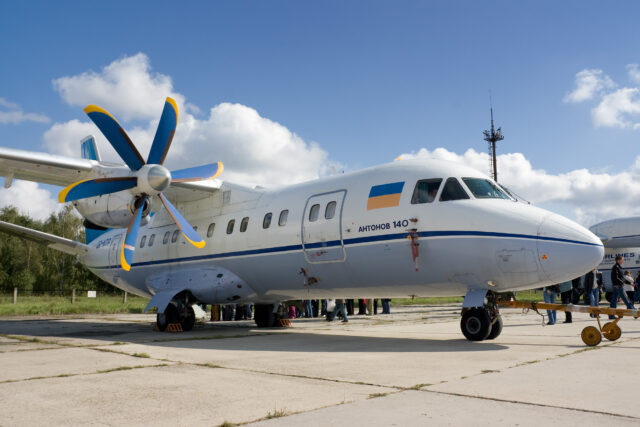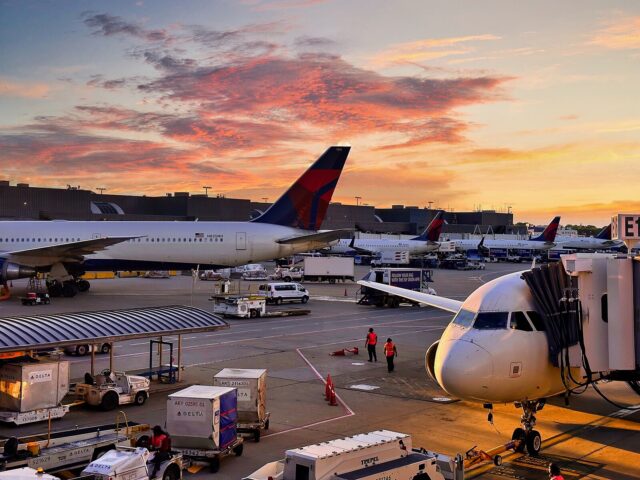Finnair cancels A321 flights after passenger seats were washed with water potentially reducing fire resistance

October 14, 2025

Finland’s national carrier, Finnair, has been forced to cancel multiple flights in recent days after water was used to clean the seats fitted to at least eight of the airline’s Airbus A321s.
According to the manufacturer of the seats, the use of water for such purposes can potentially degrade the fire protection properties of the seats, possibly rendering them unsafe.
Unapproved washing of seats using water
According to Flightradar24, the issue arose for Finnair when it came to light that eight of its fleet of Airbus A321s had their seats cleaned with water rather than detergents approved for such use by the seat manufacturer.
The airline has since been warned by the manufacturer that the impact of the fire protection properties of the seats “could not be verified” using water washing as a way of cleaning passenger seats.

As a result of the error, eight of the carrier’s fleet of 15 Airbus A321s have had to be removed from service, causing widespread delays and cancellations across the carrier’s short-haul network.
What Finnair has said about the issue
In a statement issued on Monday, 13 October, the airline confirmed that it had been forced to cancel around 20 flights on that day, with the disruption likely to continue into Tuesday, 14 October.
“We have temporarily suspended operations of part of our A320 family fleet (eight A321 aircraft),” said the statement. “The reason for the suspension is information received from the seat manufacturer indicating that the impact of the seat cover cleaning method (water washing) on fire protection has not been properly verified.”
“Safety is always our top priority, and we always follow the manufacturers’ maintenance instructions as well as the guidelines and recommendations of the authorities.”
“This situation will affect the operation of approximately 20 flights per day, and we will need to cancel flights starting from Monday evening and continuing into Tuesday. We are very sorry for the uncertainty and harm this situation may cause you, and we will do our best to minimise the impact on your journey,” the statement ended.
All affected passengers were to be contacted by the airline to organise the rebooking of their flights and to make alternative travel arrangements.
Details on the Finnair aircraft involved
Flightradar24 indicates that the affected aircraft are A321 registered as OH-LZM, OH-LZN, OH-LZP, OH-LZO, OH-LZR, OH-LZT, and OH-LZU.
While some of these aircraft were ferried back empty to Finnair’s maintenance base at Helsinki-Vantaa Airport (HEL) upon the decision to ground them was taken, an eighth aircraft (OH-LZS) has been on a maintenance check in Prague since 28 September, in any event.

At least three of the listed aircraft have already been assigned flights for Wednesday, 15 October, indicating a general resumption of services.
Details of how the seats came to be washed with water have not been disclosed by the airline. However, such crude methods appear to be in contravention of standard cleaning practices of airline seats, regardless of whether they are fabric or leather-covered seats.
How are aircraft seats fireproofed?
According to NASA, aircraft seats are made fireproof using a combination of flame-retardant chemicals, fire-resistant foams, and a fireblocker layer. Polyurethane foam and outer upholstery fabrics are treated with flame-resistant chemicals to resist ignition and slow the rate of burning.
Next, a fireblocker fabric, often made from meta-aramid or para-aramid fibres like Nomex or Kevlar, is placed between the outer fabric and the foam. This acts as a physical barrier to delay the ignition of the cushion itself.

These materials are designed to delay ignition and reduce flammability, and only if they meet the strict safety standards set by organisations like the FAA and EASA can they be approved for use.
Additionally, when assembling the layers, fire-retardant glue based on products such as polyurethane or neoprene is used to ensure the fire-resistance of the entire assembly. The use of water to clean these areas is prohibited as its use can compromise the integrity of the fire-proofing.
For the future, new materials are being developed that use fire-retardant additives, such as expandable graphite, or bio-based polyols to create inherently flame-resistant foam that can be used as the padding for airline seats.
The approved ways to clean aircraft seats
According to Boeing, the approved way to clean fabric seats is to wipe and steam clean the seat by applying an all-purpose cleaner to a microfibre cloth and wiping down the surfaces.
For stains, the use of a sponge applicator is advised with an appropriate cleaning solution approved by the manufacturer to scrub the stain itself. A steamer can then be used to get into crevices, although the advice is to keep it moving to avoid damaging or wearing out the fabric.
In some cases, seat cushions can be removed completely for cleaning areas underneath and to improve access. These areas can then be scrubbed and disinfected. If a seat cover is severely stained, it may need to be replaced with a new one.
For leather seats, once the seat itself has been wiped of any loose items, then an approved mild leather cleaner should be used by being applied to a damp, soft cloth or brush.
Avoiding excessive rubbing will preserve the seat’s surface. Again, any seat damaged by stains may need to be removed for further cleaning work or re-covering.
Featured image: Finnair A321 courtesy of Alan Wilson / Wikimedia Commons
















